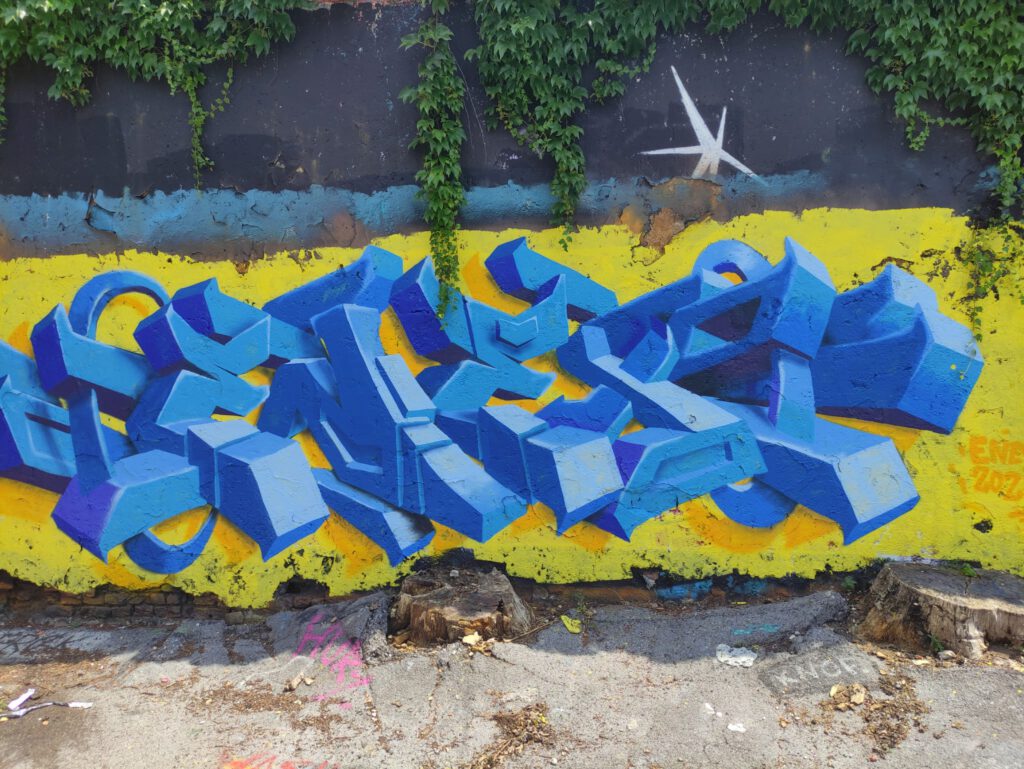The World of 3D Graffiti: Pushing the Boundaries of Street Art
3D graffiti is an innovative and visually captivating form of street art that creates the illusion of three-dimensional depth and perspective on flat surfaces. This genre of graffiti challenges traditional street art conventions by integrating optical illusions and spatial effects, making it a standout style in the urban art scene. This article explores the features, techniques, and impact of 3D graffiti, highlighting its role in advancing the boundaries of contemporary street art.
What is 3D Graffiti?
3D graffiti refers to street art that employs advanced techniques to create three-dimensional illusions on two-dimensional surfaces. By using perspective, shading, and color, artists make their graffiti appear as though it has depth, volume, and movement, transforming ordinary walls into dynamic visual experiences.
Characteristics of 3D Graffiti
- Optical Illusions: 3D graffiti creates the illusion of depth and dimensionality through precise use of perspective and shading. This technique makes flat surfaces appear three-dimensional, drawing viewers into the artwork.
- Detailed Shading: Artists use detailed shading and highlighting to enhance the three-dimensional effect. This careful attention to light and shadow adds realism and depth to the graffiti.
- Dynamic Perspectives: The artwork often features dynamic perspectives and angles that shift depending on the viewer’s position. This interplay of perspectives enhances the visual impact and engagement of the piece.
- Interactive Elements: Many 3D graffiti pieces are designed to interact with the environment or viewers. Some works incorporate elements that change or come to life from different vantage points, adding an interactive dimension to the art.
Techniques and Methods
1. Perspective Drawing
Perspective drawing is a fundamental technique in 3D graffiti. Artists use geometric principles to create the illusion of depth and space, allowing the graffiti to appear as though it extends beyond the surface.
2. Shading and Highlighting
Effective shading and highlighting are crucial for creating a realistic three-dimensional effect. Artists apply gradients and contrasts to mimic light and shadow, enhancing the illusion of volume and form.
3. Trompe-l’oeil
Trompe-l’oeil, a technique that dates back to classical painting, is often used in 3D graffiti. This approach tricks the eye into perceiving a painted surface as three-dimensional, adding a layer of realism to the artwork.
4. Mixed Media
Some 3D graffiti artists incorporate mixed media elements, such as sculptural components or interactive features, to enhance the depth and engagement of their work. This approach blends traditional graffiti with three-dimensional artistry.
Notable Examples and Artists
Several artists are renowned for their work in 3D graffiti, showcasing the possibilities of this innovative art form:
- John Pugh: A pioneering artist in the field of 3D graffiti, Pugh is known for his realistic trompe-l’oeil murals that create stunning visual illusions of depth and space.
- Julian Beever: Often referred to as the “Pavement Picasso,” Beever creates intricate 3D chalk drawings on sidewalks that appear to have three-dimensional depth from specific viewpoints.
- 3D Joe & Max: This duo specializes in creating large-scale 3D street art pieces that blend creative perspectives with interactive elements, making their work both visually striking and engaging.
Impact on Art and Culture
3D graffiti has made a significant impact on the art world and popular culture:
- Artistic Innovation: The use of three-dimensional techniques in graffiti pushes the boundaries of traditional street art, introducing new possibilities for creative expression and visual impact.
- Urban Engagement: 3D graffiti transforms public spaces into interactive art experiences, engaging viewers in new and immersive ways. This innovative approach enhances the visual and cultural landscape of cities.
- Cultural Resonance: By incorporating optical illusions and interactive elements, 3D graffiti connects with a wide audience and resonates with contemporary interests in technology and visual effects.
Challenges and Considerations
- Technical Skill: Creating effective 3D graffiti requires advanced technical skills in perspective drawing and shading. Artists must master these techniques to achieve realistic and impactful results.
- Surface Limitations: The effectiveness of 3D graffiti can be influenced by the texture and condition of the surface. Artists must consider these factors when planning their designs.
- Preservation: Like other forms of graffiti, 3D graffiti can be vulnerable to environmental wear and vandalism. Preservation efforts are necessary to maintain the artwork’s visual integrity over time.
Conclusion
3D graffiti represents an exciting and innovative evolution in street art, characterized by its use of optical illusions and spatial techniques to create visually dynamic and immersive experiences. By pushing the boundaries of traditional graffiti, 3D artists introduce new dimensions of creativity and engagement, transforming urban spaces into interactive art galleries. As this art form continues to develop, it remains a testament to the creativity and skill found in contemporary street art.contemporary street artists.street art to bring joy and artistic expression to public spaces.enthusiasts.
